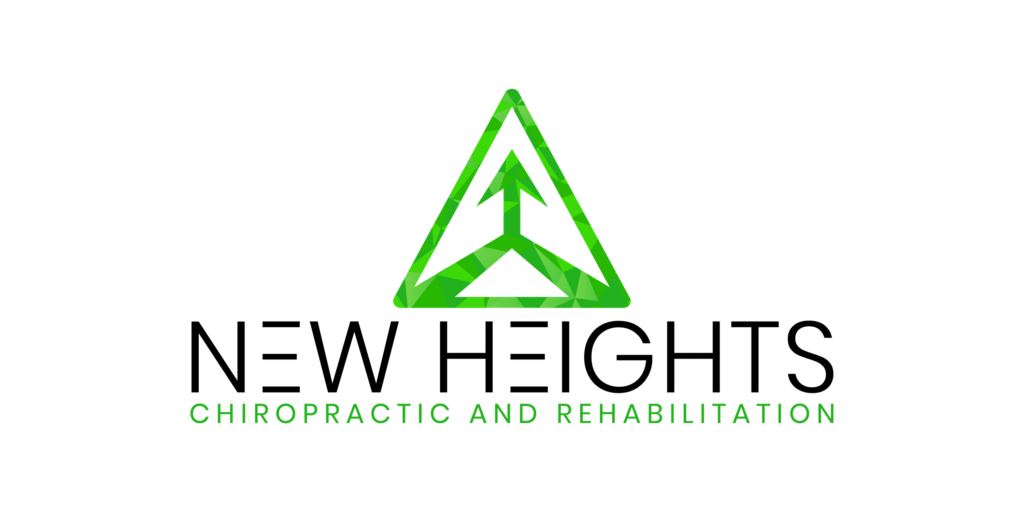What Is The Webster Technique?
The Webster Technique is a specific chiropractic analysis and diversified adjustment. Dr. Larry Webster, founder of the International Chiropractic Pediatric Association, discovered this adjustment as a safe means to restore proper pelvic balance and function. The goal of the adjustment is to reduce the effects of sacral subluxation and sacroiliac joint dysfunction, which in turn will improve neuro-biomechanical function in the pelvis. Dr. Bennett received her Webster Technique Certification in 2014 from the International Chiropractic Pediatric Association (ICPA) and is currently an active member.
Who Can Benefit From It?
This specific sacral analysis can be used on all weight bearing individuals to determine sacroiliac joint dysfunction/ sacral subluxation and is therefore applicable for the entire population, however it is most commonly utilized by pregnant women. Typical symptoms include (but are not limited to) low back pain, hip pain, sciatic neuralgia, and other symptoms associated with pelvic dysfunction.
How Does It Actually Work?
The ICPA recognizes that in a theoretical and clinical framework of the Webster Technique in the care of pregnant women, sacral subluxation may contribute to difficult labor for the mother (i.e., dystocia). Dystocia is caused by inadequate uterine function, pelvic contraction, and baby mal-presentation. The correction of sacral subluxation may have a positive effect on all of these causes of dystocia.
Obstetric literature has determined the importance of normal pelvic neuro-biomechanics, including uterine function and pelvic alignment, for the prevention of dystocia (difficult birth). Chiropractic literature has determined the significance of sacral adjustments in normalizing pelvic neuro-biomenchanics.
When Should It Be Used?
This specific sacral analysis and adjustment should be used throughout pregnancy to detect and alleviate sacral imbalance and optimize pelvic neuro-biomechanics in the mother. Because of the particular female adaptations from the increase of hormones, weight gain and postural adaptations, pregnant mothers have a greater chance of sacral subluxation and neuro-biomechanical imbalance than the general population. Additionally, because of the effect the chiropractic adjustment has on all body functions by reducing nervous system stress, pregnant mothers may have significant benefit by having their spines checked regularly throughout pregnancy, optimizing the health of both the mother and baby.

